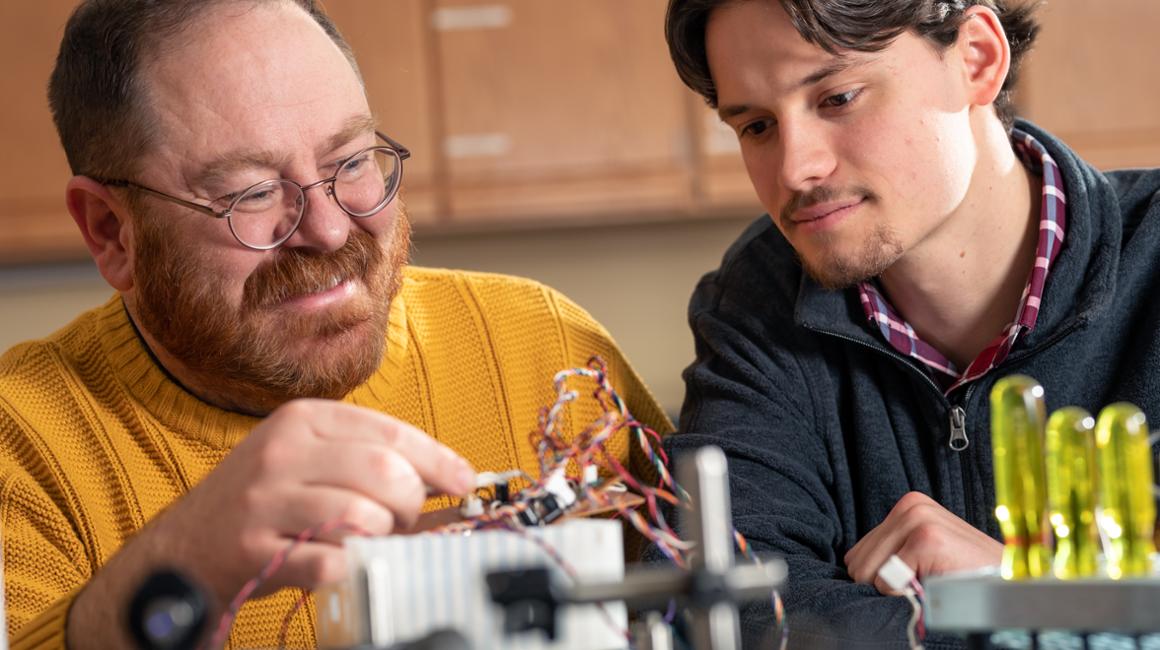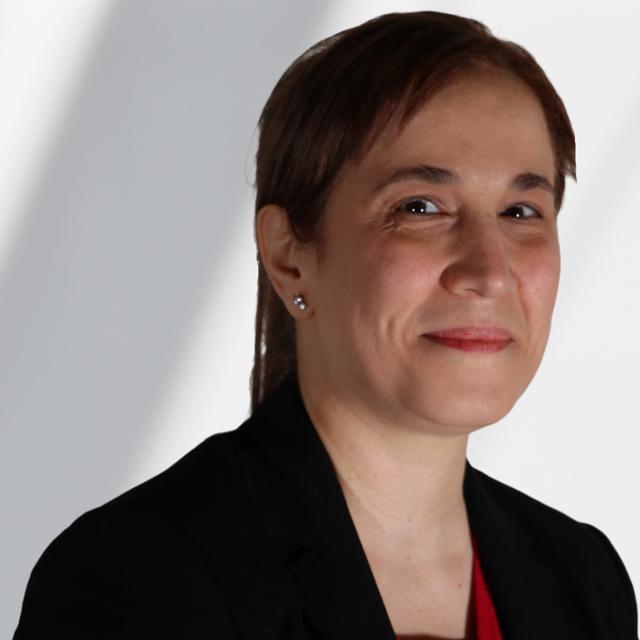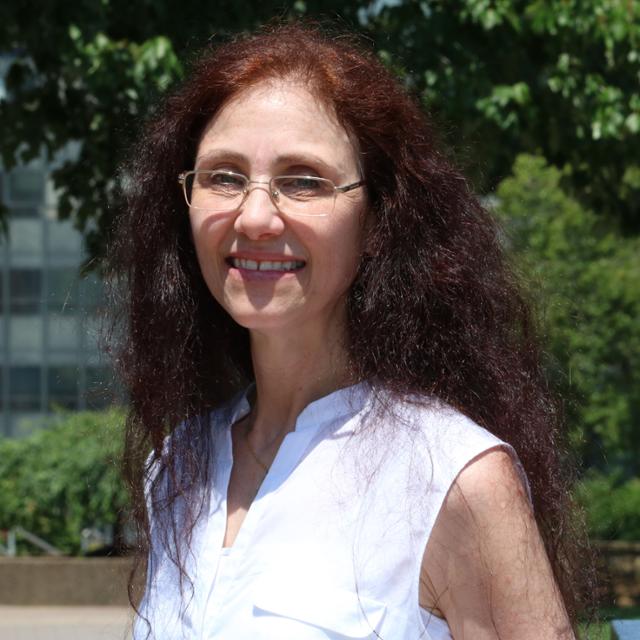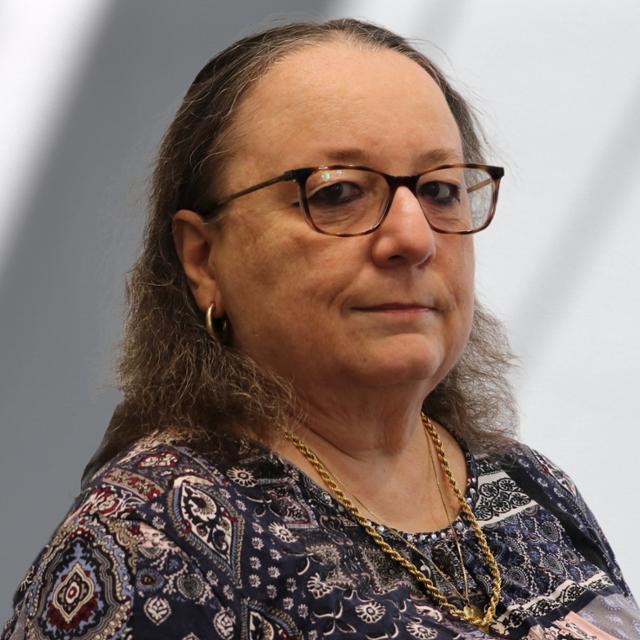Work with world-class researchers
As a physics student, you’ll actively participate in groundbreaking scientific endeavors that fuel your curiosity and prepare you to excel in science. Learning together in small class sizes led by true teacher-scholars, where you’ll help shape the future of physics and become part of the next generation of advanced scientific researchers.
Our research opportunities cover a wide range of topics, including experimental nuclear physics, materials science, laser physics and more. With grants from local and regional foundations, and national organizations like American Chemical Society, National Institutes of Health and Department of Defense, you’ll work in collaboration with top-notch institutions and colleagues in the region, as well as national partners like the Thomas Jefferson National Accelerator Facility and other leading particle accelerators worldwide.
Your work has the potential to make a profound impact on the global community, and our faculty are excited to support you every step of the way, playing a crucial role in your journey.
These faculty members specialize in Materials Science, Particle Physics, Gravitational
Physics, and Atomic, Molecular, and Optical Physics. They invite you to join their
labs and explore their groundbreaking research.
Curious, motivated students are welcome to join Dr. Benmokhtar's group,
and can gain internships at both national and international levels.
Research Faculty
Physics Students Explore Nuclear Research During Internships at Japan’s Osaka
University
Over the summer, Jacob focused on experimental nuclear physics, designing an experiment
to measure the energies of gamma-rays from decaying radionuclides. He explains, "Measuring
these gamma energies gave us insight into the shape and structure of the nucleus.
The experiment had us involved within the lab, being responsible for weekly reports,
gathering materials and even writing proposals to send to the lab so they can grant
us the time we need to actually conduct our experiment and get data.”
"This internship has been exceptionally beneficial for my professional career. It
has been eye-opening and a great reminder of what research in physics truly entails.
We aren't just treated as interns; we are seen as fellow researchers."
Gabriel spent his summer using machine learning to analyze experimentally acquired
data. Reflecting on the internship’s role in helping him achieve his goals, he shared,
"I’ve learned that while physics can be daunting, it is learned. For a long time,
I felt like I knew nothing and never would, but this isn’t the case. Pursue your field
of interest with passion or a desire for truth and understanding, and the necessary
knowledge will fall into place with time."
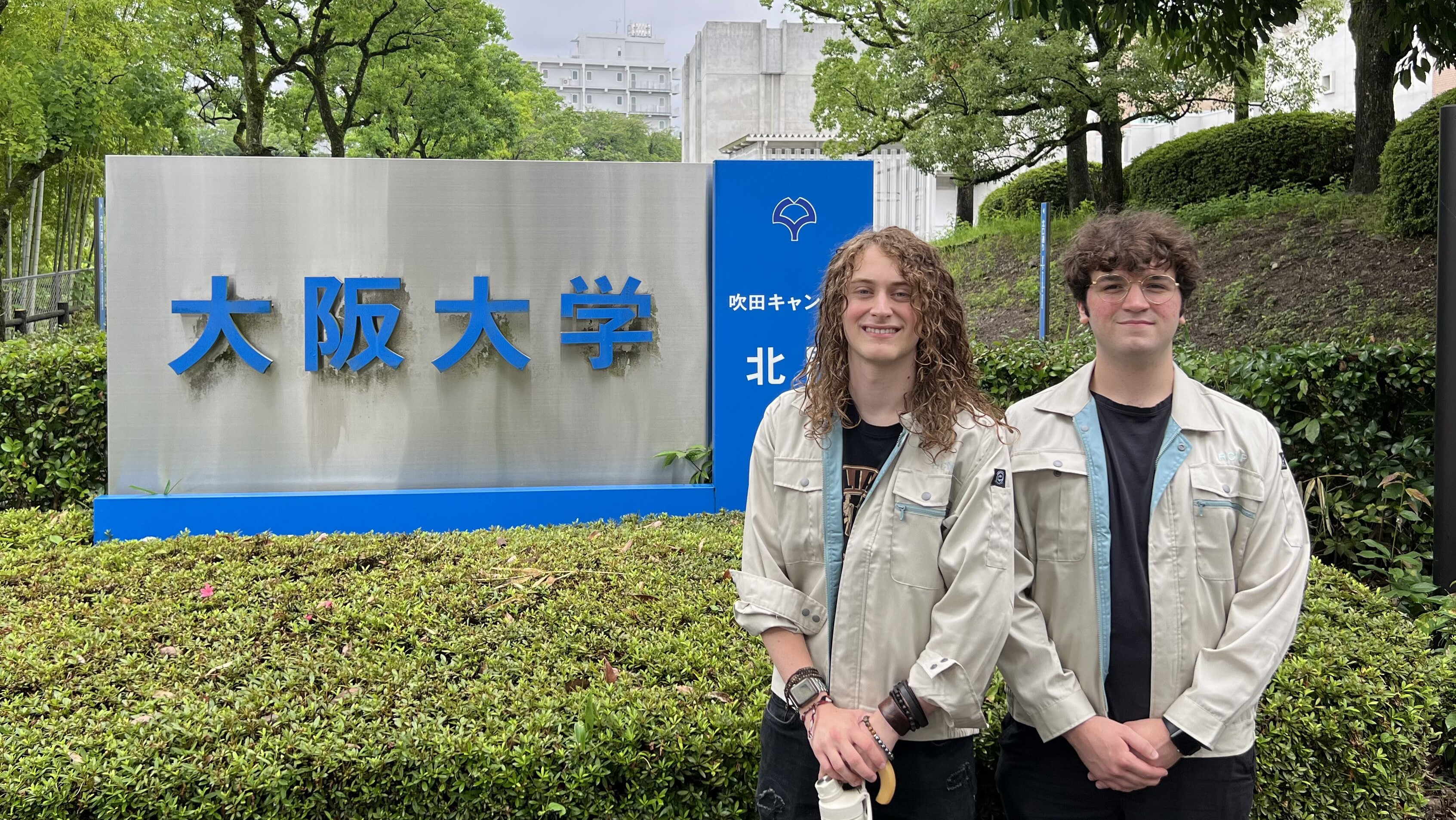
Summer Research Opportunities
Contribute Your Enthusiasm To A Leading Area Of Physics
You are an integral piece of our research projects. Explore the areas that are waiting for you.
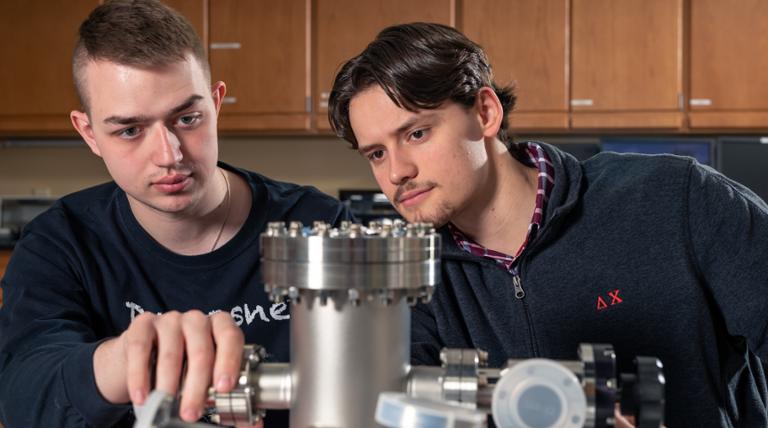
Atomic Physics
Immerse yourself in constructing versatile optical systems alongside our dedicated physics students, essential for sophisticated chemical analyses from fluorescence examinations to molecular breakdowns using light. Your pivotal role in our atomic physics research lab includes crafting vital equipment like vacuum systems, electronic devices and laser setups to exacting standards under expert guidance. This hands-on experience provides invaluable skill-building opportunities.
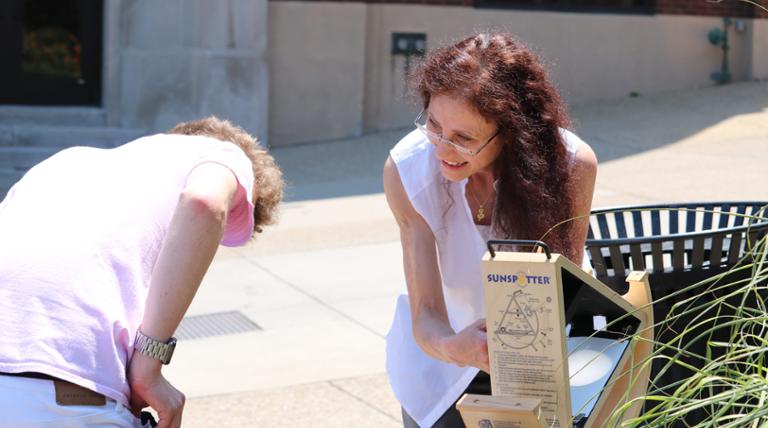
Gravitational Physics
In our Gravitational Physics research, we're focusing on classical general relativity. We use a theoretical approach, with a focus on Einstein equations. Our main goal? Improving how we simulate gravitational waves using computational methods, also known as numerical relativity. Our work is already making waves in this field, pushing the limits of what we can do with gravitational wave data.
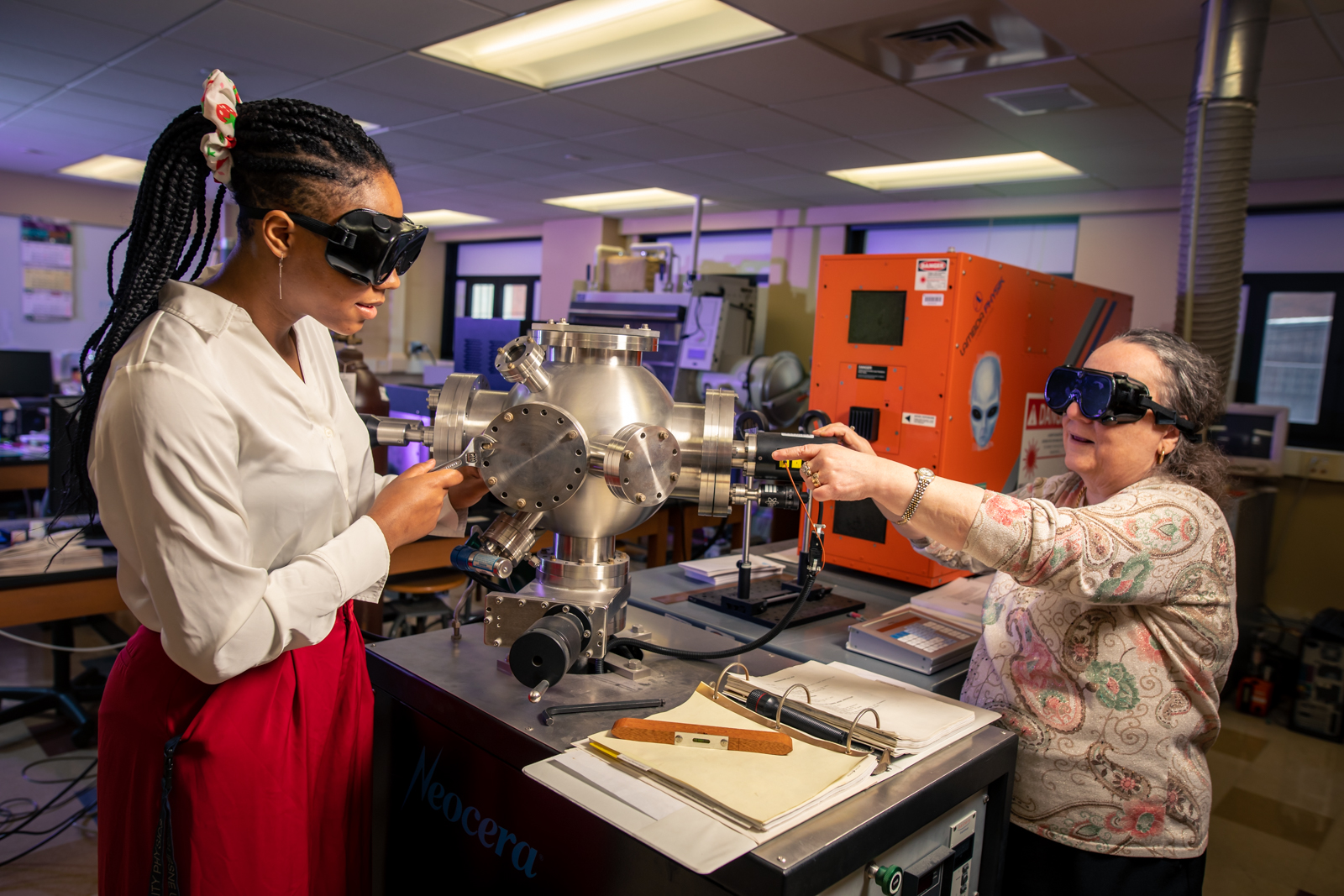
Materials Science
In our state-of-the-art materials science lab, we utilize cutting-edge equipment to fabricate nanostructured magnetic materials employing advanced techniques such as mechanochemical activation and pulsed laser deposition. Complementing our fabrication efforts, we conduct thorough analyses of our materials utilizing sophisticated methods such as Mossbauer spectroscopy and simultaneous thermal analysis. Additionally, our colleagues in the Department of Chemistry and Biochemistry provide support, granting us access to essential tools like x-ray diffraction and scanning electron microscopy.
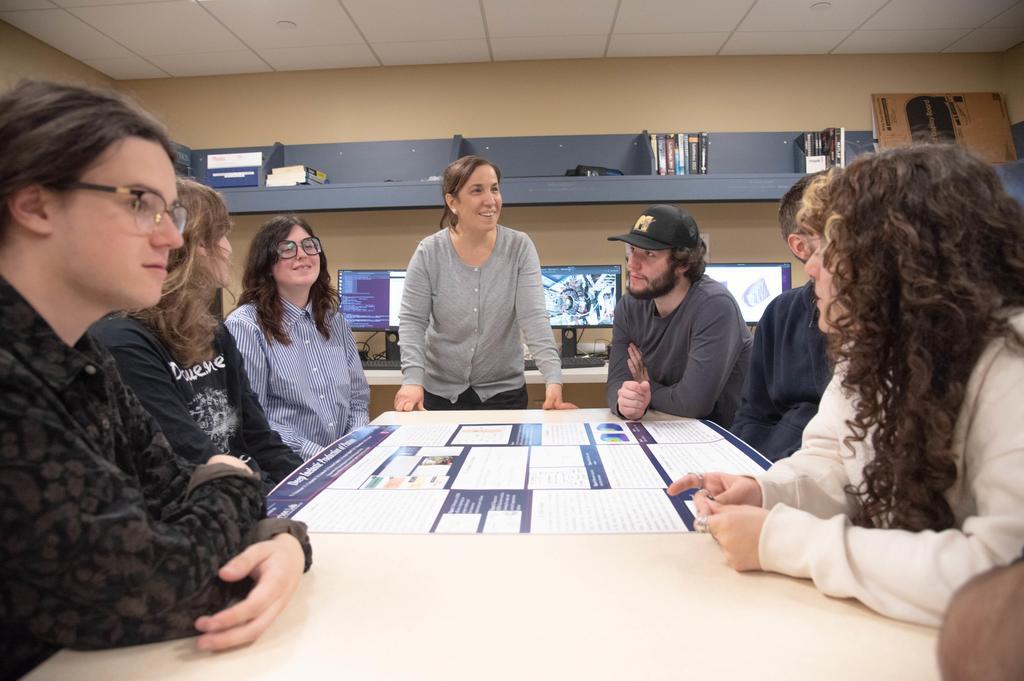
Particle Physics
Explore the fundamental nature of matter, from the particles that make up atoms to the exotic particles created in high-energy experiments. The department has a specific focus on experimental medium-energy particle physics, with a particular emphasis on nuclear physics. Our research is dedicated to studying the quarks and gluons in protons and neutrons, using advanced electromagnetic probes to uncover their hidden states.
Undergraduate Student Publications
- New Mixed-Oxide Nanoparticle Material: The synthesis of a previously unknown class of mixed-oxide nanostructures was achieved in Sorescu’s materials science lab. Undergraduates Elena Stipetich and Sarah Glasser carried out the characterization of the system by Mossbauer spectroscopy. The findings have prospective applications in sensing, catalysis and flexible electronics, and appear in the 2024 paper “Mӧssbauer Spectroscopy Investigation of Thulium Oxide-Hematite Magnetic Ceramic Nanoparticles.”
- National particle accelerator fitted with new detecting capabilities: A continuous electron beam accelerator facility in Jefferson National Lab was upgraded with a new detector to make more precise identifications of particles produced in experiments. Undergraduate student Zachary Nickischer assisted on site in the mounting of the new detector’s multi-anode multipliers. Undergraduate student Aiden Boyer participated in the development of software for online monitoring of the detector. The findings of the initial years of data-taking appear in the 2023 paper “The large-area hybrid-optics CLAS12 RICH: First years of data-taking.”
- Advances in the understanding of the quark structure of nucleons: Data from an experiment at Jefferson National Lab were analyzed for clues about the influence of nucleon neighbors on the states of the internal quarks of protons and neutrons. Undergraduate student Hannah Valenty used a statistical bootstrap method to fit the data and extend its implications into an untested area. The research selects a most likely candidate for the quark structure from a set of competing models and appears in the 2023 paper “Physical implications of the extrapolation and statistical bootstrap of nucleon structure function ratios 𝐹𝑛2/𝐹𝑝2 for mirror nuclei 3He and 3H.”


